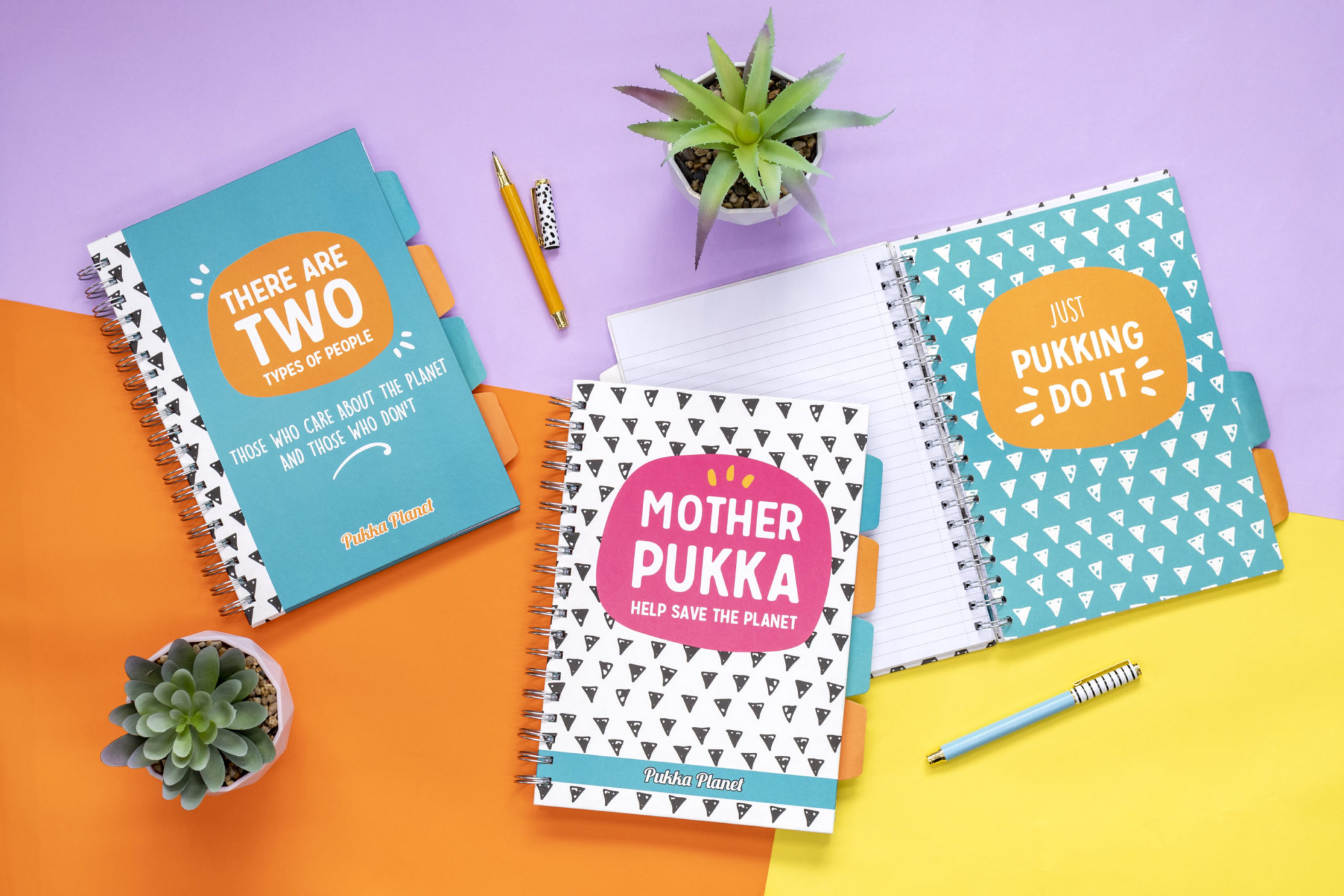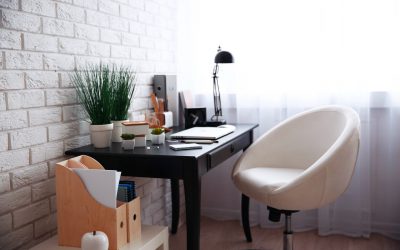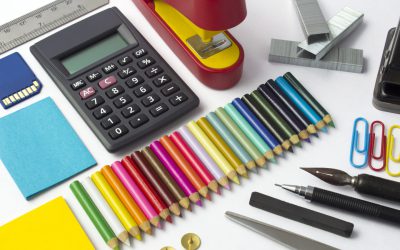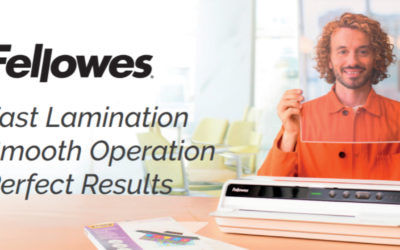College is a new adventure, and just like any RPG, you’ll need the right equipment to succeed. One crucial tool? Effective notetaking!
Maybe you were a note-taking pro in high school, or maybe you’re realising you never truly mastered the art. Fear not, fellow scholar! This guide will transform your chicken scratch into legendary notes that slay exams and propel you to academic victory.
Before the Quest Begins: Prepare Like a Pro
Think of yourself as a knight embarking on a quest for knowledge. Gather your trusty tools: a well-chosen Pukka Pad notebook, a pen that writes smoothly, and a water bottle to stay hydrated during those long lectures.
Pre-Reading Power-Up!
Knowledge is power! If you know the topic of your upcoming lecture, do some pre-reading or research to gain a basic understanding. This will prime your brain to absorb information even faster.
Choosing Your Note-Taking Style: Find Your Perfect Match
Just like different classes test different skills, there’s a perfect note-taking method waiting to be discovered by each learner. Here are some popular options:
- The Outline: Simplicity for the Win
This method is like a trusty roadmap. Use your Pukka Pad to jot down the main points as your guiding landmarks, and then flesh them out with details like important dates, statistics, or specific examples. Clear and concise, it ensures you don’t get lost in the wilderness of information.
- The Mind Map: Visualize Connections
For visual thinkers, the mind map is a dream come true! Imagine a sprawling tree with branches reaching out right in your Pukka Pad. In the centre, place the core concept, and as the information unfolds, ideas branch out and connect, forming a vibrant tapestry of knowledge. Perfect for subjects with interconnected themes, like history or philosophy.
- Flow Notes: Active Learning in Action
Think of flow notes as a live recording of your thoughts and connections as you learn. Don’t be afraid to get messy! Sketch diagrams, jot down questions, and capture fleeting ideas in your Pukka Pad as they spark in your mind. Flow notes are all about actively wrestling with the information, making it your own through the process of capturing it.
- Writing on Slides: Efficiency is Key
If your professor provides slides, consider them a gift! Print them out and use them as a note-taking outline, adding key points as the lecture progresses. It’s a quick and effective way to capture the information.
- Bullet Journaling: The Artful Learner
For those who love aesthetics and doodling, bullet journaling is a feast for the eyes. Transform your Pukka Pad into a beautiful representation of your learning process. Combine different styles (mind maps, flow notes) and unleash your creativity! Just be aware that this method can be time-consuming for fast-paced lectures.
Remember: Personalize your notes! Use highlighters, colourful pens, or even doodles to make them visually interesting and help you remember the information later.
Conquering the Material: Review and Repetition
Don’t let your notes become dusty relics! Reviewing your notes in your Pukka Pad soon after capturing them and throughout your learning journey is crucial for solidifying those connections in your brain. Think of it as revisiting your notes and adding new details and insights as you delve deeper into the topic.
Embrace the Experimentation!
The most important thing to understand is that note-taking is a skill. Everyone’s brain works differently, and what works for one person might not work for another. Take notes often, experiment with different techniques, and find what helps you learn and retain information most effectively.
Tips for Taking Better Notes
Here are some additional tips for taking effective notes, both in class and from textbooks:
- Gather your note-taking materials: pen, Pukka Pad, laptop (if preferred), glasses (if needed).
- Be prepared: Review previous notes and do any assigned readings before class.
- Be an active listener: Focus on understanding the main ideas, not writing everything down.
- Take notes by hand: Studies show this leads to better information retention. Use a Pukka Pad for best results!
- Don’t be afraid to ask questions: Clarification is key to understanding.
- Focus on key information: Dates, names, theories, definitions – these are the golden nuggets you don’t want to miss.
- Use the “question, answer, evidence” method: Engage with the material by formulating your notes as questions and answering them with key points and evidence from the lecture.
- Develop a shorthand system: Abbreviations and symbols can be lifesavers, allowing you to write faster and keep up with the flow of information.
- Make your notes visually appealing: Clear handwriting, margins, diagrams, and colour-coding can make a big difference in how well you retain information later. Try Pukka Pads for the best results!
After the Lecture: Victory Lap and Beyond
The lecture is over, but the learning journey continues! Here’s how to make the most of your hard-earned notes:
- Review your notes within the same day: This helps solidify the information in your brain.
- Fill in any gaps from memory: Reviewing fresh notes jogs your memory and helps you recall details you might have missed while writing them down.
- Summarize the main points: Condense the key ideas of each section or lecture into a concise summary at the bottom of the page of your Pukka Pad!
- Test yourself: Challenge yourself by covering up your notes and explaining the topic out loud or in your head. This helps identify areas where you might need to focus more.
- Explain the material to a friend: Teaching someone else is a fantastic way to test your own understanding and solidify your knowledge.
Memorisation Techniques: Mastering the Final Boss
Exams are looming! Here are some memorization techniques you can use to conquer them:
- Line-by-line method: Break down the information in your Pukka Pad into manageable chunks and rehearse them one line at a time.
- Story method: Transform facts into a wacky, memorable story to aid recall.
- Mnemonic devices: Create clever acronyms or phrases to remember lists of words in a specific order.
Taking Notes from Textbooks: Expanding Your Knowledge Arsenal
Textbooks are treasure troves of information, but they can be daunting. Here’s how to take effective notes from them:
- Preview the material: Skim introductions, headings, and visuals to get a sense of the overall structure and key concepts.
- Actively read: Don’t just passively absorb text. Highlight key points in your Pukka Pad, underline important terms, and write notes in the margins as you go.
- Take notes in your own words: Paraphrase information to ensure understanding and avoid plagiarism.
Positioning Yourself for Success: Classroom Logistics
Where you sit can make a big difference in your learning experience. Try to position yourself in a place where you can see and hear the instructor clearly. Minimise distractions by avoiding areas with high traffic or chatty classmates.
Conclusion: The Hero’s Journey of Learning
Effective note-taking is a powerful tool that can transform you from a passive learner into an active knowledge-seeker. With dedication, experimentation, and the right Pukka Pad, you’ll discover the perfect note-taking style to conquer your academic journey and emerge victorious!









